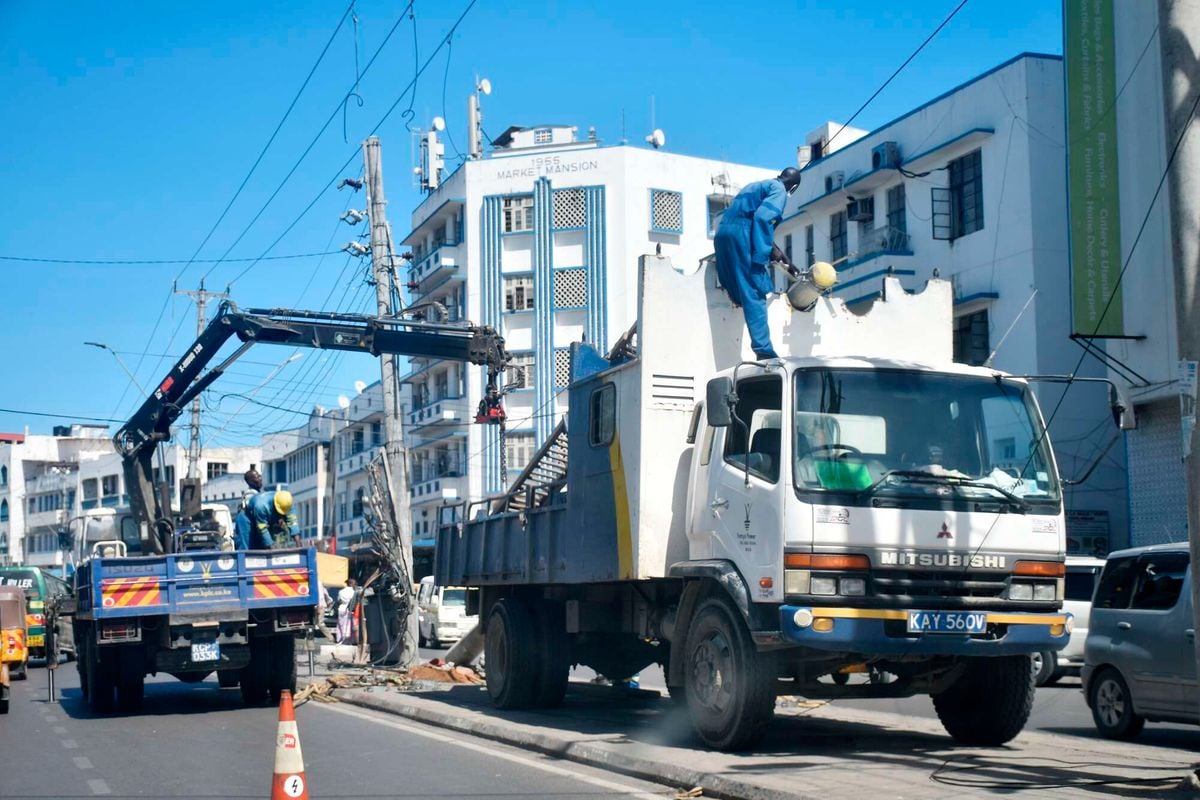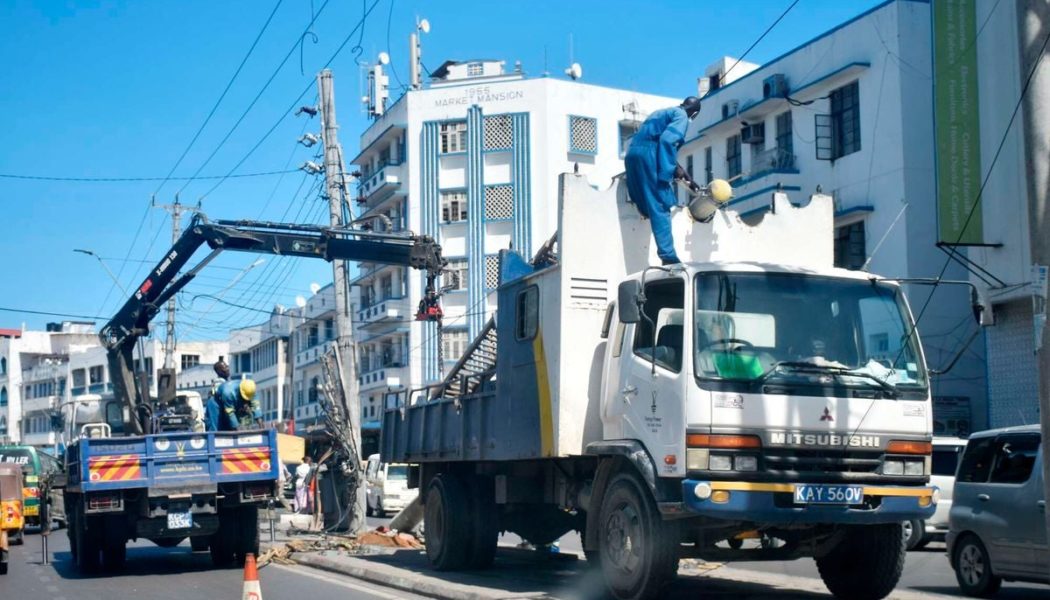
The base charges for electricity in the current financial year have dropped by up to Sh1.50 per unit in line with a new tariff schedule, raising hope of lower consumer prices.
The charge, commonly known as the base tariff, comprises the cost of generation, transmission, and distribution that utilities like Kenya Power, Kenya Electricity Generating Company (KenGen), Kenya Electricity Transmission Company, Rural Electrification and Renewable Energy Corporation, Geothermal Development Company and Independent Power Producers (IPPs) incur in the provision of the services.
These costs are calculated based on the existing generation contracts, operation and maintenance contracts, and the cost of finance associated with the provision of these services.
Power generation costs for KenGen are mainly in Kenya shillings while those of a majority of IPPs are in foreign currency. The base tariff is therefore set at the prevailing exchange rate and a prevailing Consumer Price Index (CPI), which represents core inflation.
According to the new tariff schedule, domestic consumers who consume more than 100 units of electricity per month are the biggest gainers, with the cost of a unit of power dropping to Sh19.08 from Sh20.58 followed by a fall of Sh0.76 per unit of electricity to Sh13.74 for industries consuming more than 15,000 units.
The new charges are part of the tariffs that were approved in April last year and will change every financial year until June 2026.
Revenue projections
However, the tariffs for electric mobility and special economic zones have remained unchanged at Sh16 and Sh10 per unit of electricity respectively.
The fall in the price per unit of power (consumption charge) coupled with a fall in the fuel cost charge and a strong shilling (forex exchange rate used) will further lower electricity prices.
Projections made by the Energy and Petroleum Regulatory Authority (Epra) show that Kenya Power will collect Sh186.9 billion from the base tariff in the year to June 2025 to cater for energy purchase costs and meet system expansion.
The collections are, however, dependent on consumption patterns, meaning that they will drop if electricity usage falls and rise if consumption is higher than expected.
Small commercial consumers (who use more than 100 units a month) have also received a reduction of between Sh0.60 and Sh19.40 per unit of electricity.
Other bands
Other consumption bands that received marginal decreases in the new tariffs are the domestic ordinary consumers (who use between 31 to 100 units a month) and domestic lifeline consumers (consuming up to 30 units a month) with drops of Sh0.04 and Sh0.01 per unit of electricity respectively.
Base charge (consumption charge), Fuel Energy Charge (FCC), and foreign exchange are the three main factors used in determine monthly electricity bills for consumers.
The base charge remains unchanged for at least one financial year based on the approval from the Energy and Petroleum Regulatory Authority (Epra), while the FCC and the forex rates vary every month.
For example, the FCC rate for this month fell to Sh3.25 per unit from Sh3.59 while the forex rate also dropped Sh0.9833 per unit from Sh1.76 in the same period, lowering the cost of power to consumers.
This (drop in FCC and forex rate) has seen domestic consumers who use more than 100 units of power a month get 34.45 units for Sh1,000, a rise from the 33.17 units for a similar amount last month.
Electricity prices rose last month for the first time since January due to an increase in the FCC and foreign exchange adjustment rates used to calculate prices.
The FCC is collected by Kenya Power to pay power stations that use diesel to generate electricity, while the forex adjustment is used to service foreign currency loans tapped to build the power plants.
The continued decline in the cost of electricity is also helping to ease inflation given that the cost of power is a key factor used in determining the measure in the cost of living.
Inflation eased to 4.6 percent last month from five percent in May on the back of continued declines in electricity and fuel prices.









